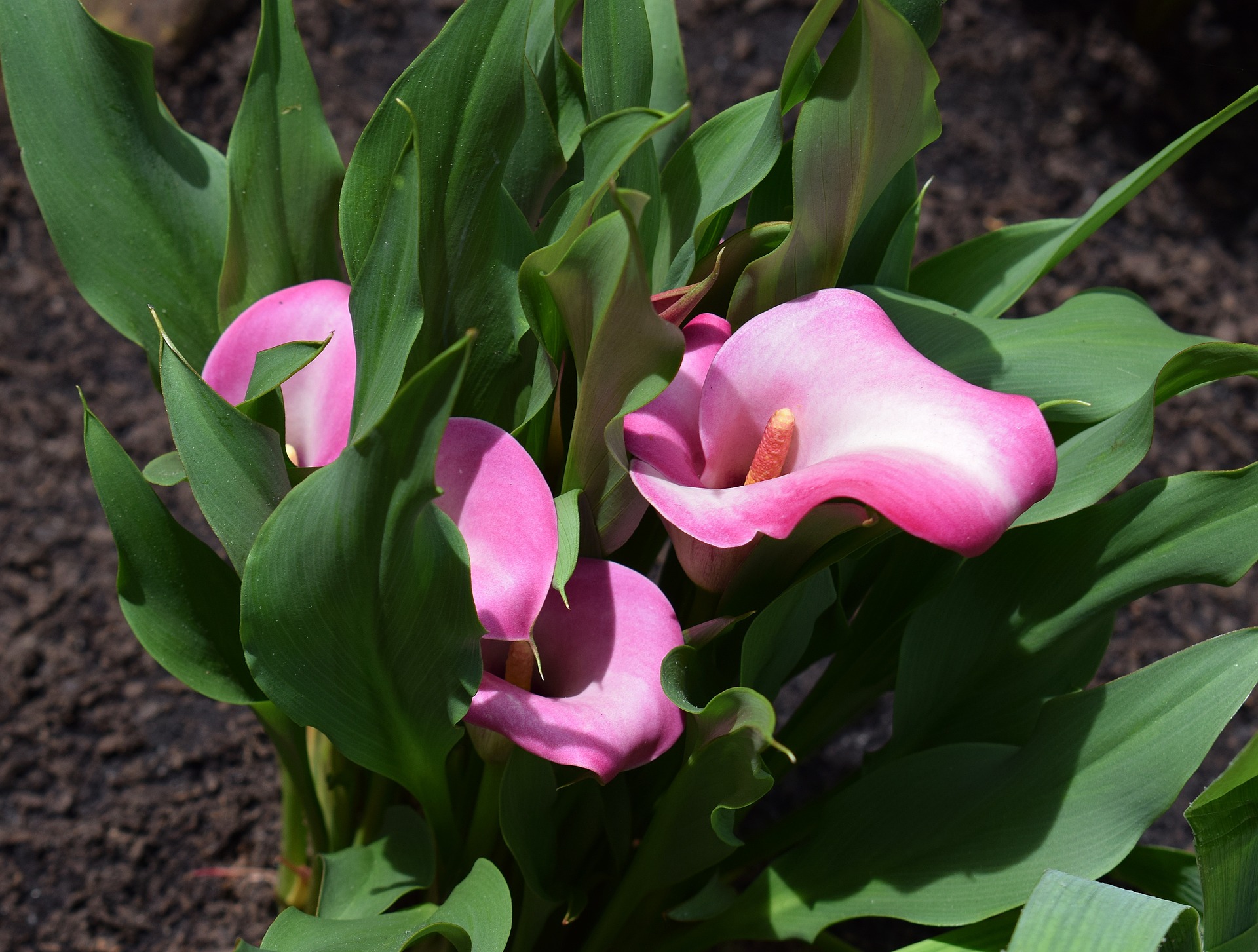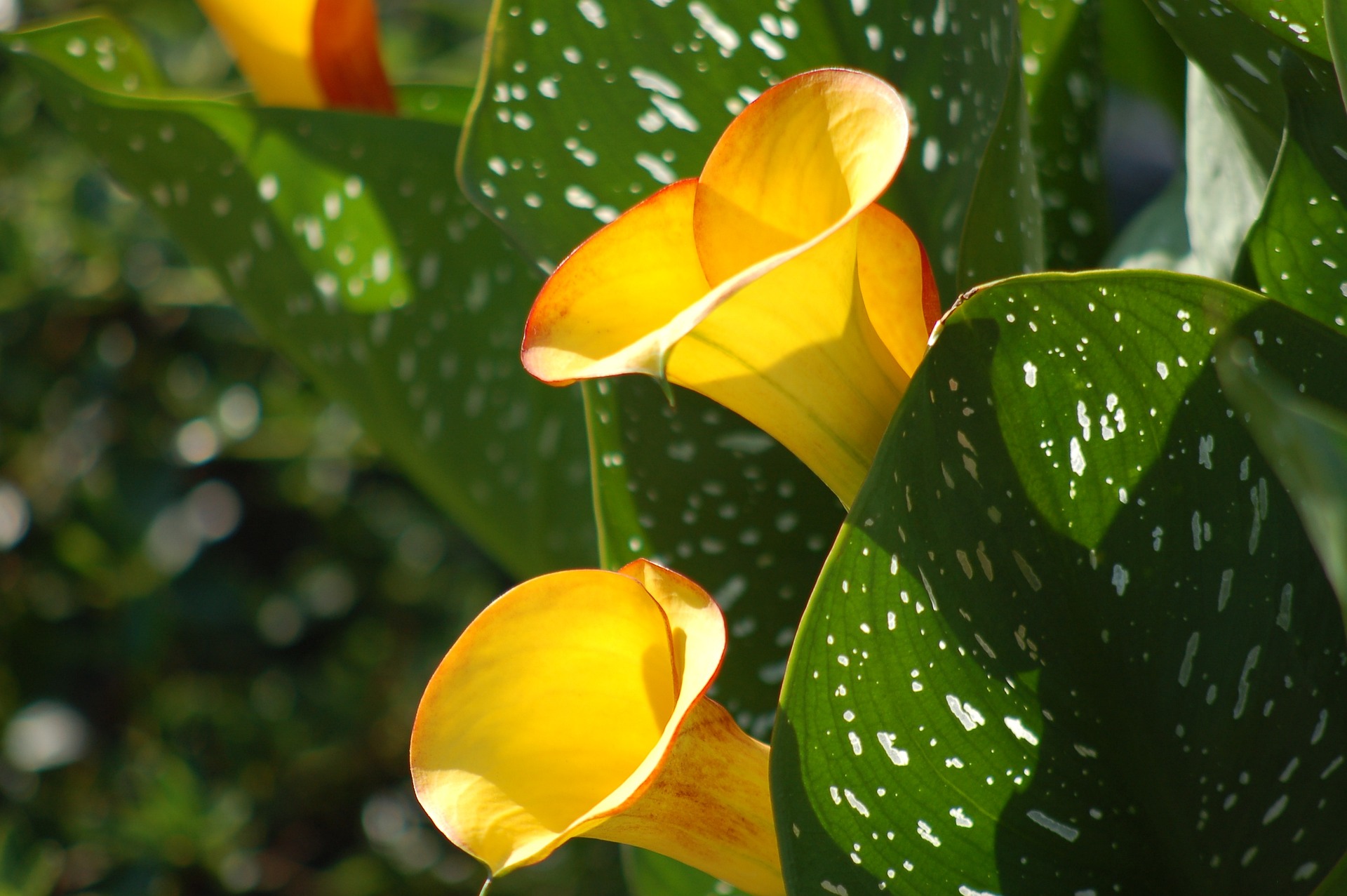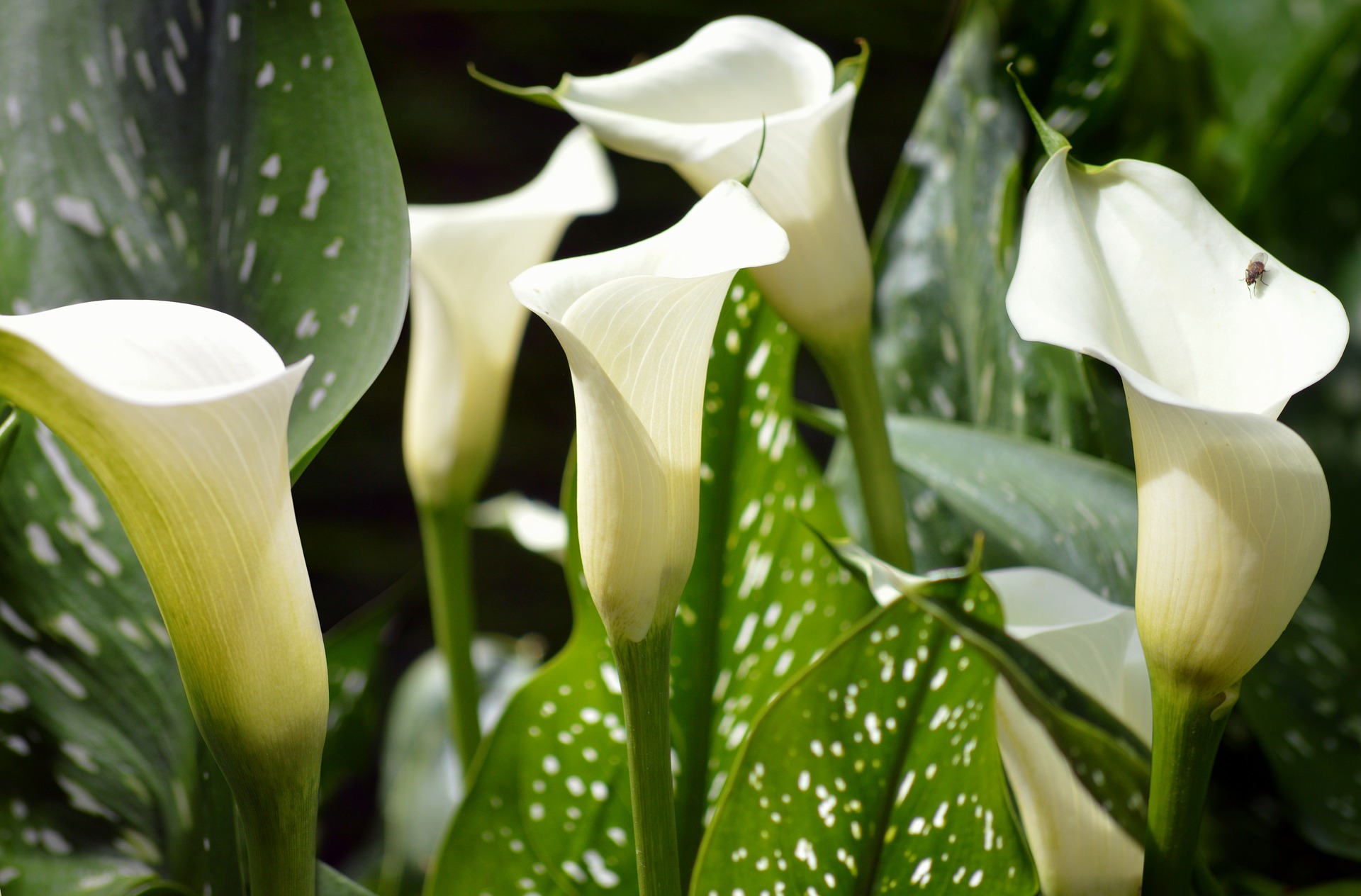
Photo Credit
Happykamill/Shutterstock
Sign up for our daily newsletter to get gardening tips and advice.
No content available.
Subhead
Planting, Growing, and Caring for Calla Lilies
Read Next
Gardening Products
ADVERTISEMENT
Comments
Add a Comment
My calla lilly blooms will not stand up. What am I doing wrong?
My callas are done blooming but are bent over with a large pod that looks like a seed inside. Is that a seed and can it be dried and planted?
The pod should contain seeds. Let the pod turn brown. Check and make sure the seeds are black. Harvest and store dry for at least a year. Before planting. Score the hard shell of the seed with a small toothed saw. Muy best germination was after 2-3 years.











